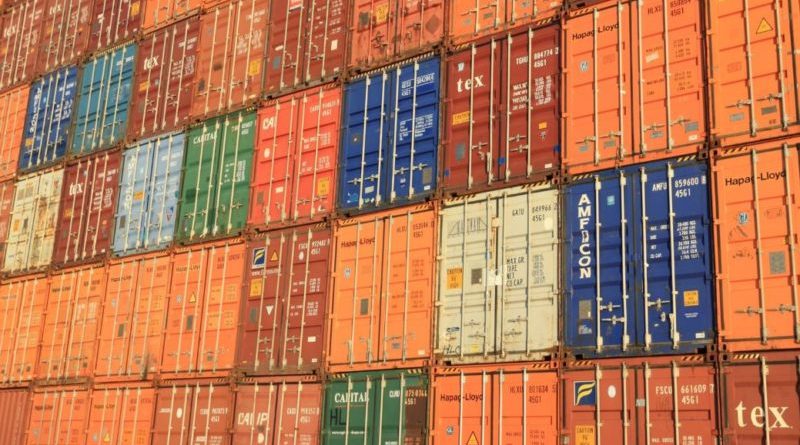Supply chain pressures felt by 85% of firms, says CIE study
Turbulence in the supply chain is being felt by 85% of businesses in the cycling industry, according to periodic research from Cycling Industries Europe held alongside its members.
Quarterly assessments taken since Covid-19 hit Europe reveal that 86% of businesses now do not expect an improvement in the supply situation for at least six months, while many are now speculating that 2023 may now be the year when supply flows normalise. 64% describe having “very significant” challenges ahead in adapting to the new normal.
The now well documented turbulence, which over the weekend was explained in the Financial Times, has generated a ripple effect that effects everything from a bike shop’s ability to service workshop tasks, through to manufacturer’s ability to finish production runs. The ripple effects travel much further too, with CIE identifying that marketing spend is now grinding to a halt; just 34% of companies now plan to increase outflow here, while 31% will reduce the budgets until such time product timelines become more predictable.
Where the Sports Marketing Surveys generated data is broken down further, 100% of the bicycle an accessory companies cited supply struggles with the bottleneck stemming in large part from pressures up the chain in Asia where global demand has compounded pressures on raw materials, supply of electronic components as well as assembly parts.
In a bid to catch up there are areas that are to gain investment, most notably staffing; 94% are planning to add resource and 57% already have as of the end of 2020. CIE add that R&D for new product development is likely to be another area where investment grows in time, though some companies are halting new developments simply to fill current model year demand. On this, the data reveals 67% are delaying new product launches.
In revenue terms the developing picture is interesting in that quarter-to-quarter company revenues have been steadily growing to September 2020, with 83% reporting higher takings by the third quarter. Having accelerated quickly from a damaging March 2020 assessment, there is a likelihood that the pace won’t sustain as companies run out of capacity to supply inventory. The first signals of this are evident in a Q1 2021 sales assessment that marginally reverses the trend to show 6% expecting lower revenues, 18% the same like-for-like and 76% an increase.
CIE’s Chief Executive Kevin Mayne said “The CIE COVID-19 Business Impact Surveys are essential resource, and not only for companies. It has been a powerful tool for CIE to present to the European Commission and national governments, showing them that investment in cycling and cycling infrastructure flows straight through to European jobs. When we combine these surveys with wider data on cycle use and government investments we can provide real insights into markets now and in the future.
“I want to thank our members for their contribution to the survey, SMS for their expertise in operating the survey and our Market Impact Intelligence Expert Group who provide us with the inside track on what is happening across all sectors of cycling.”
The levels of Government support have also been revealed within the data with a near dead split between those taking age support and those not at 45% and 42%, respectively. 22% took fiscal support and 13% payments.
Forward looking, confidence does tilt towards optimism; 76% are ‘very confident’ consumer demand will remain above pre-pandemic levels, with a further 18% ‘quite confident’. The same percentage are ‘very confident’ the European cycling market will have grown on the back of this turbulence and indeed there are concerns in the market that the supply chain may over correct and return the marketplace to a surplus of product.
For a deeper insight into the UK bike market’s movements during this time, CyclingIndustry.News own market report has insight, able to be purchased here.



